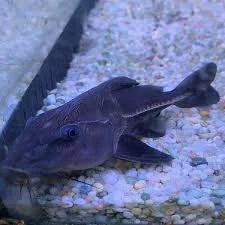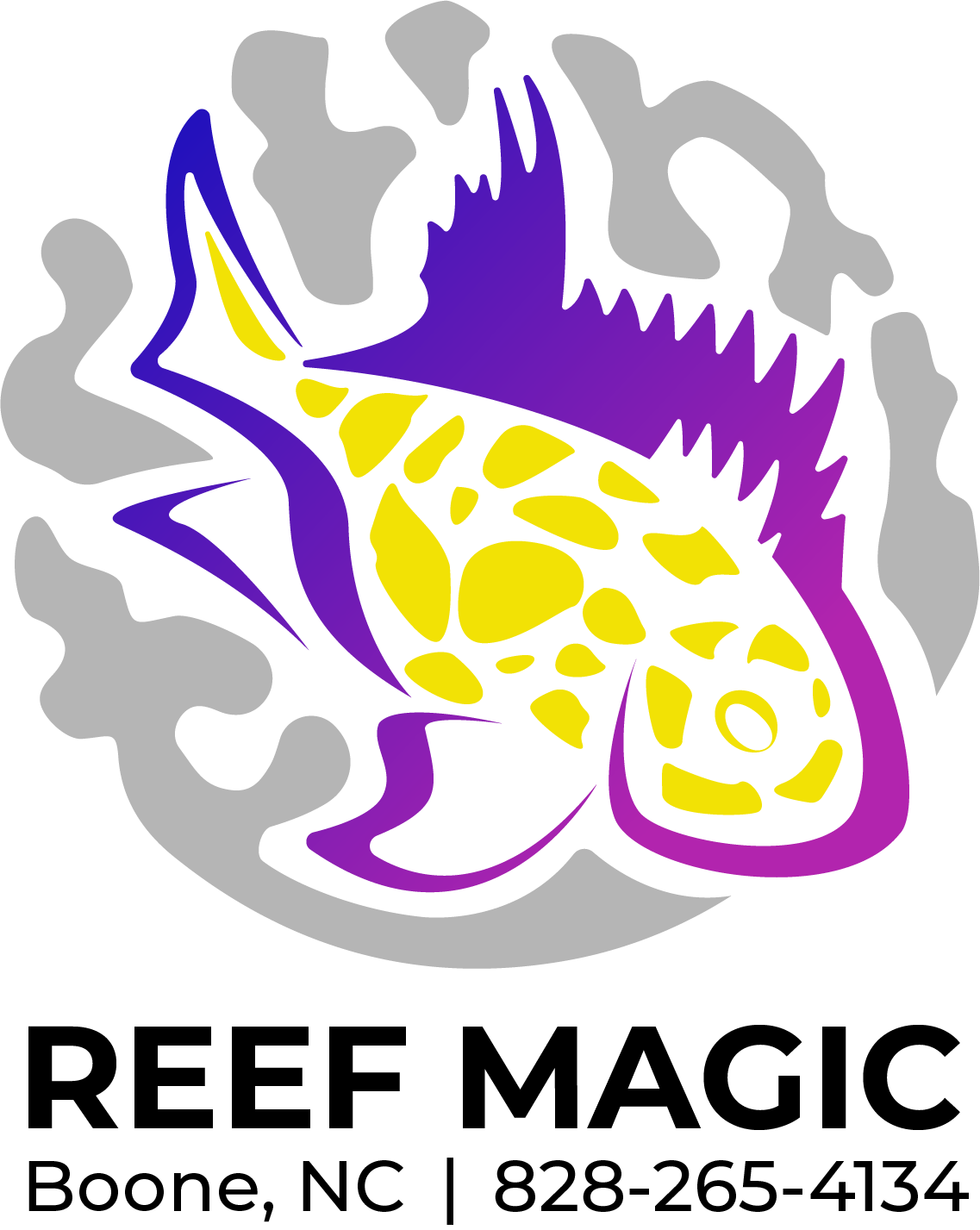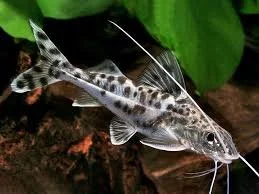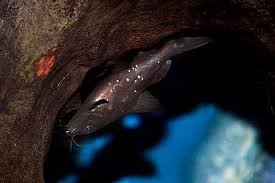 Image 1 of 1
Image 1 of 1


Catfish- Niger Ripsaw 2.5-3 in
The Niger ripsaw catfish is a large, peaceful freshwater fish with a black to greenish-black body and a row of large, armored scales along its sides that have sharp, thorn-like projections. It gets its name from these "ripping" scutes, which can be used as a defense mechanism. This nocturnal fish is omnivorous, eats detritus and insects, and is known to make audible squeaking or grunting noises, earning it the nickname "talking catfish".
Appearance
Body: Large and robust with a black to greenish-black color.
Scales: Covered in bony scutes, with a distinct row of large, sharp, serrated plates running along each lateral line.
Other features: Large barbels on either side of its underslung mouth and a green tinge to its body.
Size and Lifespan
Size: Can grow to be very large, reaching up to 1 meter (39.4 inches) or more in length.
Lifespan: Can live for 20 years or more with proper care.
Habitat and behavior
Habitat: Found in major river systems of northern South America, preferring slow-moving, muddy waters or lakes.
Behavior: Peaceful and shy bottom-dwellers that are most active at night, hiding in caves or plants during the day.
Vocalization: Known to make audible "talking" noises, believed to be a form of communication.
Diet
Diet: Omnivorous and eats detritus, plant matter, small invertebrates, crustaceans, and insect larvae.
Feeding: Sifts through the substrate to find food.
The Niger ripsaw catfish is a large, peaceful freshwater fish with a black to greenish-black body and a row of large, armored scales along its sides that have sharp, thorn-like projections. It gets its name from these "ripping" scutes, which can be used as a defense mechanism. This nocturnal fish is omnivorous, eats detritus and insects, and is known to make audible squeaking or grunting noises, earning it the nickname "talking catfish".
Appearance
Body: Large and robust with a black to greenish-black color.
Scales: Covered in bony scutes, with a distinct row of large, sharp, serrated plates running along each lateral line.
Other features: Large barbels on either side of its underslung mouth and a green tinge to its body.
Size and Lifespan
Size: Can grow to be very large, reaching up to 1 meter (39.4 inches) or more in length.
Lifespan: Can live for 20 years or more with proper care.
Habitat and behavior
Habitat: Found in major river systems of northern South America, preferring slow-moving, muddy waters or lakes.
Behavior: Peaceful and shy bottom-dwellers that are most active at night, hiding in caves or plants during the day.
Vocalization: Known to make audible "talking" noises, believed to be a form of communication.
Diet
Diet: Omnivorous and eats detritus, plant matter, small invertebrates, crustaceans, and insect larvae.
Feeding: Sifts through the substrate to find food.






